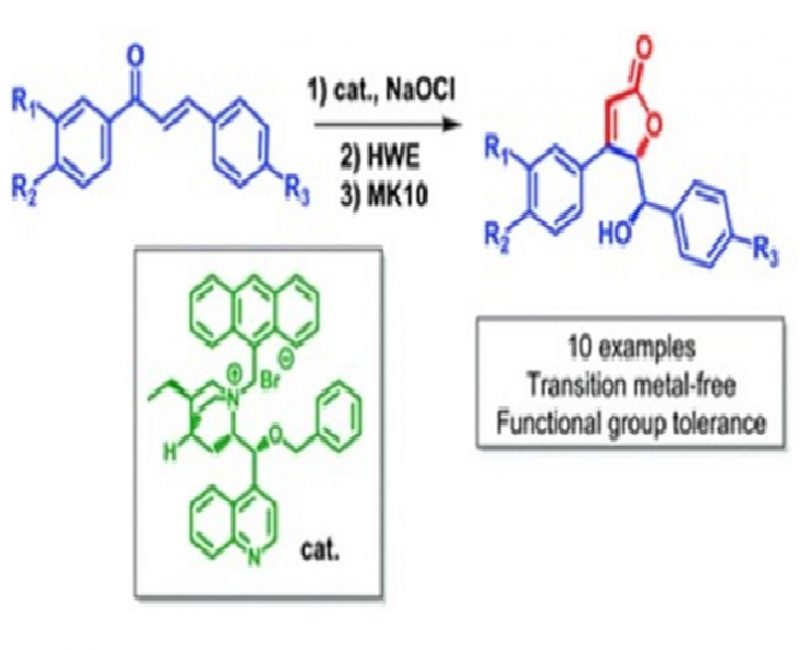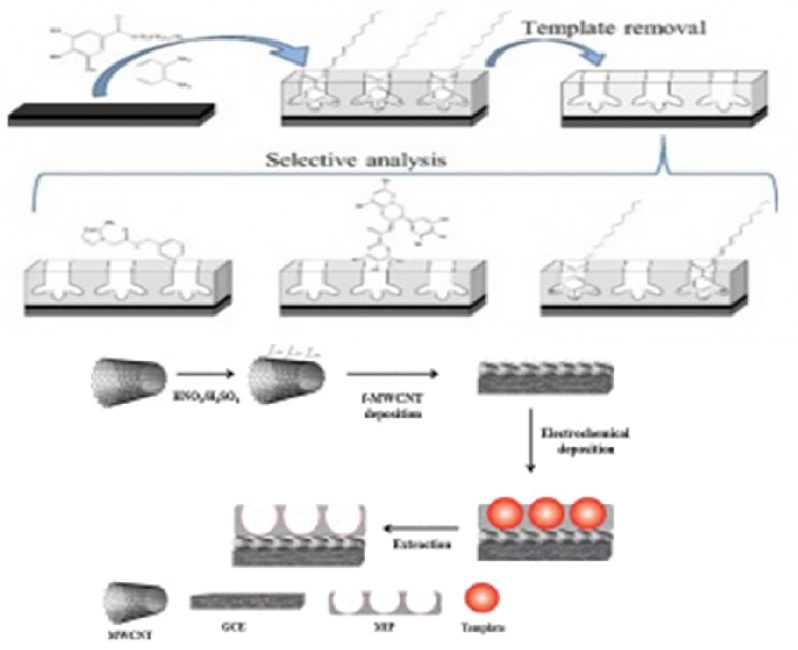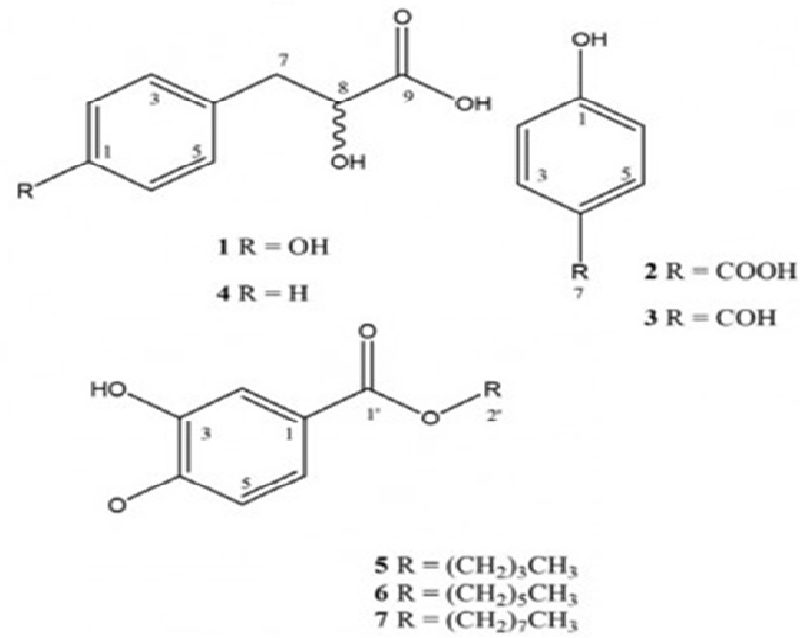
Authors:
Carneiro, Victor Alves 1,2 ; de Oliveira, Simone Torres 1 ; Silva, Rondinely Lima 1 ; Duarte, Humberlania de Sousa 1 ; Silva, Maria Laina 1 ; Carneiro Matos, Maria Nagila 1 ; Bastos Cavalcante, Rafaela Mesquita 1 ; Figueira, Ciro Siqueira 1 ; Lorenzon, Esteban Nicolas 3 ; Cilli, Eduardo Maffud 4 ; Silva da Cunha, Rodrigo Maranguape 1
Abstract:
Background: Ciprofloxacin (Cip) is the most commonly used quinolone in clinical practice; however large-scale use has favored the increase of multiresistant pathogenic microorganisms. Antimicrobial peptides (AMPs) appear to be a promising alternative in potentiating these conventional drugs.
Objective: The aim of this study was to evaluate the effect of the peptide Lys-[Trp6]hy-a1 (lys-a1) on the antimicrobial and antibiofilm activity of ciprofloxacin against clinically relevant gram-negative bacteria.
Methods: The antimicrobial effects of Cip and lys-a1 were assessed by determining the minimum inhibitory concentrations (MICs) and minimum bactericidal concentrations (MBCs). The synergistic action of Cip and lys-a1 was determined by checkerboard assay. The time-kill curve was constructed for the Cip/lys-a1 combination against Pseudomonas aeruginosa ATCC 9027. The antibiofilm activity of this combination was analyzed by crystal violet, colony-forming unit count and atomic force microscopy (AFM).
Results: The data demonstrated that lys-a1 was able to inhibit planktonic growth of strains of P. aeruginosa and Klebsiella pneumoniae both at 125 μg/mL. The fractional inhibitory concentration index (FICi) showed a synergistic effect between Cip and lys-a1 against P. aeruginosa, decreasing the MICs of the individual antimicrobial agents by 4- and 8-fold, respectively. This effect was also observed for the death kinetics and antibiofilm activity. Analysis of the early biofilms (6 h) as well as isolated cells by AFM images evidenced the cell perturbation caused by Cip/lys-a1 treatment.
Conclusion: These data suggest that lys-a1 has biotechnological potential as a therapeutic tool for the treatment of infections caused by clinically relevant microorganisms, especially P. aeruginosa.
1 Laboratory of Biofilms and Antimicrobial Agents (LaBAM), Faculty of Medicine, Federal University of Ceara – UFC, Sobral, Brazil
2 University Center INTA UNITA, Center of Bioprospecting & Molecular Experimentation – NUBEM, Sobral – Brazil
3 Medical Research Laboratory, Federal University of Jatai, Jatai, Brazil
4 Department of Biochemistry and Chemical Technology, Estate University of Sao Paulo – UNESP, Araraquara, Brazil
Link to article: https://www.eurekaselect.com/181016/article







